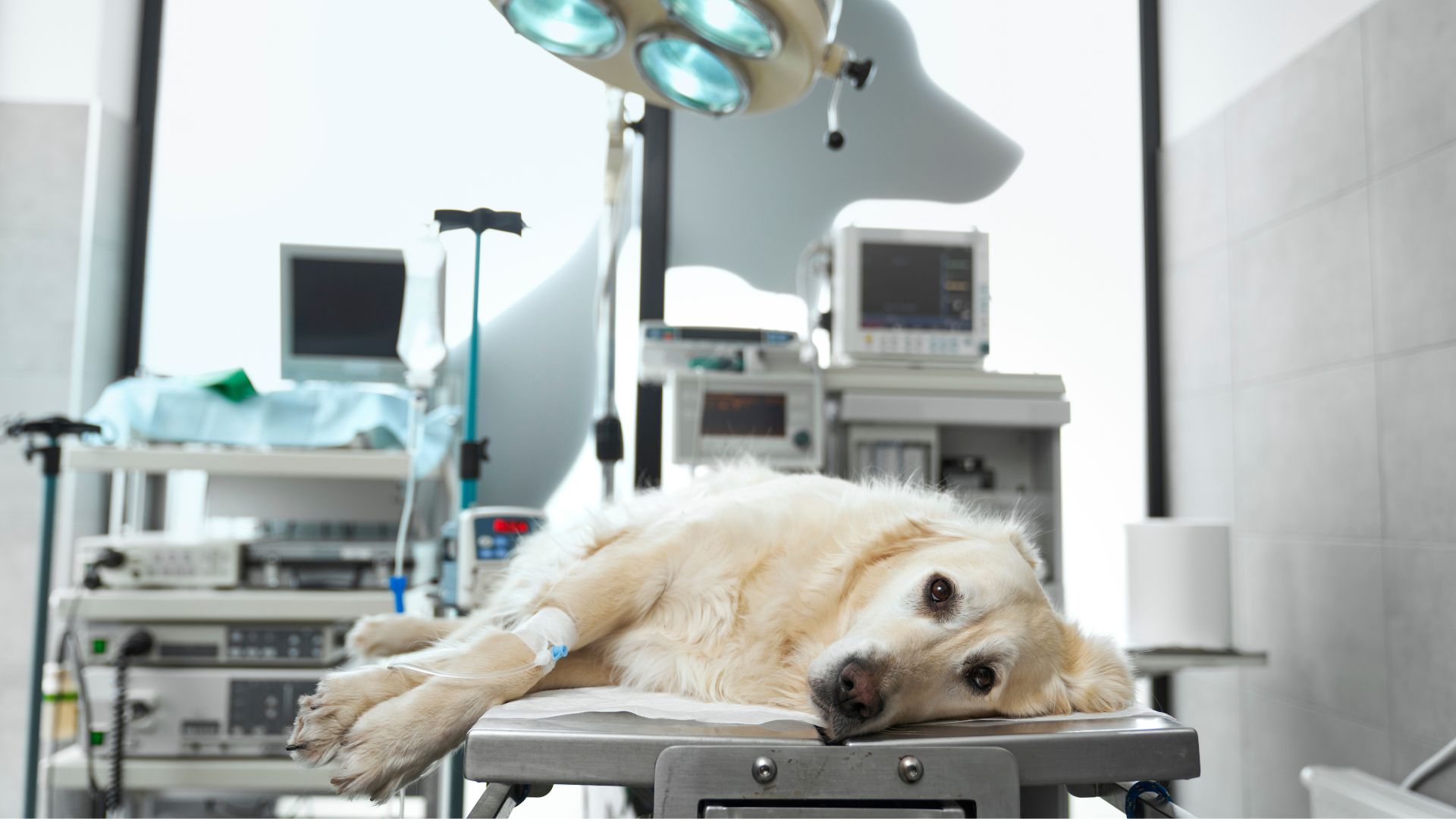It begins with joy but can quickly turn to worry. Owners bring home a beloved breed, unaware of the hidden health issues lying ahead.
Breathing problems, spinal disorders, eye conditions, or skin diseases surface unexpectedly, leaving families overwhelmed. The costs mount, the visits to veterinarians multiply, and the question arises: could this have been avoided with knowledge from the start? The answer is often yes.
Selecting a dog responsibly means looking beyond charm and considering the vulnerabilities bred into certain lineages. When owners underestimate these realities, dogs pay the price. Awareness does not take away love.
It strengthens it by preparing owners for what lies ahead. This article focuses on the dog breeds most frequently underestimated for their health challenges and the truth behind their struggles.
Key Takeaways
Bulldogs, Pugs, and Frenchies may charm with their looks, but those same traits fuel breathing and joint problems.
Dachshunds and German Shepherds carry risks too, from fragile spines to painful hip issues.
Cavaliers and Great Danes add beauty and grace, yet both face hidden heart and mobility struggles.
These breeds show how love must go hand in hand with awareness.
Unhealthy Dog Breeds Often Underestimated By Owners
1. English Bulldog

The English Bulldog’s stocky build and wrinkled face have made it a beloved household symbol for centuries.
Yet behind this unmistakable charm lies a breed shaped by selective breeding that often compromises health. Their compact frame and flat muzzle play a major role in the medical issues they face.
Breathing and Mobility Concerns
Bulldogs are prone to brachycephalic airway syndrome, which can cause noisy breathing and overheating even in mild climates. Their short legs and heavy bodies also put them at higher risk for hip dysplasia and patellar luxation, both of which limit mobility and lead to early arthritis.
They often struggle with additional issues such as:
Heat sensitivity due to poor cooling ability
Joint strain from excess body weight
Skin fold infections requiring frequent care
Weight and Skin-Related Risks
This breed’s love for lounging makes obesity an ongoing risk, further intensifying respiratory and joint conditions.
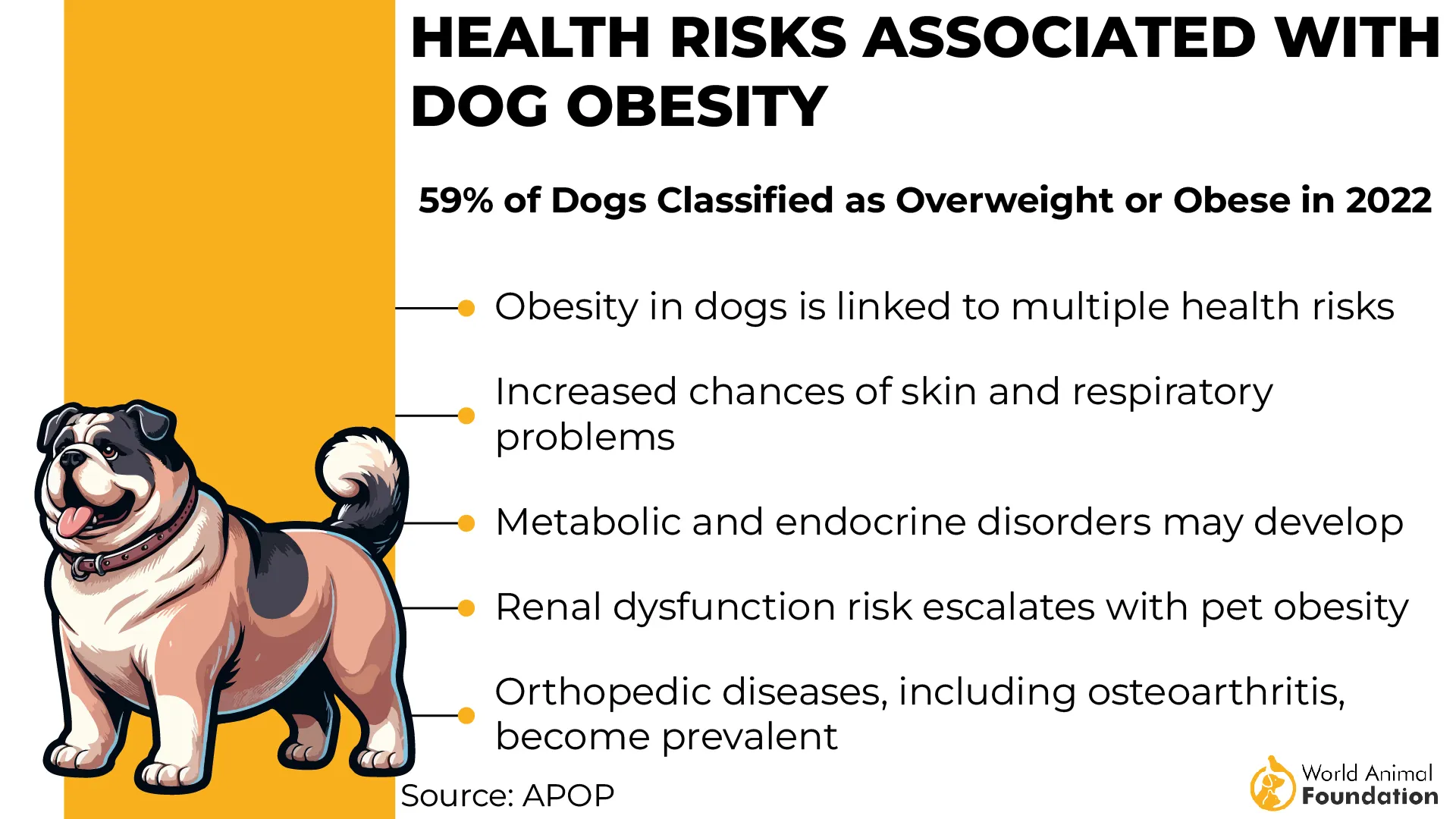
According to WebMD, the deep folds around their face and body also trap moisture, creating an environment for bacterial or fungal infections if not cleaned regularly.
2. Pug

Pugs carry a long history as companions, once treasured in Chinese palaces and later adored by European aristocracy.
Their compact bodies and curled tails made them instant favorites in art and culture. That same heritage explains why they remain symbols of loyalty and companionship today.
Breathing Comes at a Price
Their flat faces give them a trademark look, but also come with challenges. Breathing problems are common, and studies show Pugs are over fifty times more likely to develop airway issues compared to other dogs. This makes hot summers and strenuous play dangerous if not carefully managed.
Some frequent concerns raised by veterinarians include:
Breathing difficulties linked to Brachycephalic Airway Syndrome
Eye injuries from their prominent eyes
Joint problems such as hip dysplasia
Obesity risks due to overeating tendencies
More Than Just Weight Issues
Pugs love food, and extra pounds add serious strain on their joints and heart. Owners often underestimate how quickly their small frames can carry unhealthy weight. Regular portion control and light, steady walks are often necessary to keep them comfortable and mobile.
3. French Bulldog

French Bulldogs became a favorite in city living because of their manageable size and affectionate personality. Their bat-like ears and compact build make them instantly recognizable.
By 2022, the American Kennel Club even ranked them as the most popular dog breed in the United States, as Britannica highlighted.
Hidden Health Concerns
Behind their charm, Frenchies face serious health challenges that many new owners underestimate. Their shortened snouts often lead to breathing issues and difficulties in regulating oxygen. Beyond this, their physical structure makes them sensitive to heat and quick to tire during exertion.
These areas often need extra attention:
Airway problems are causing noisy breathing
Eye conditions such as cherry eye or cataracts
Skin and food-related allergies
Ear infections
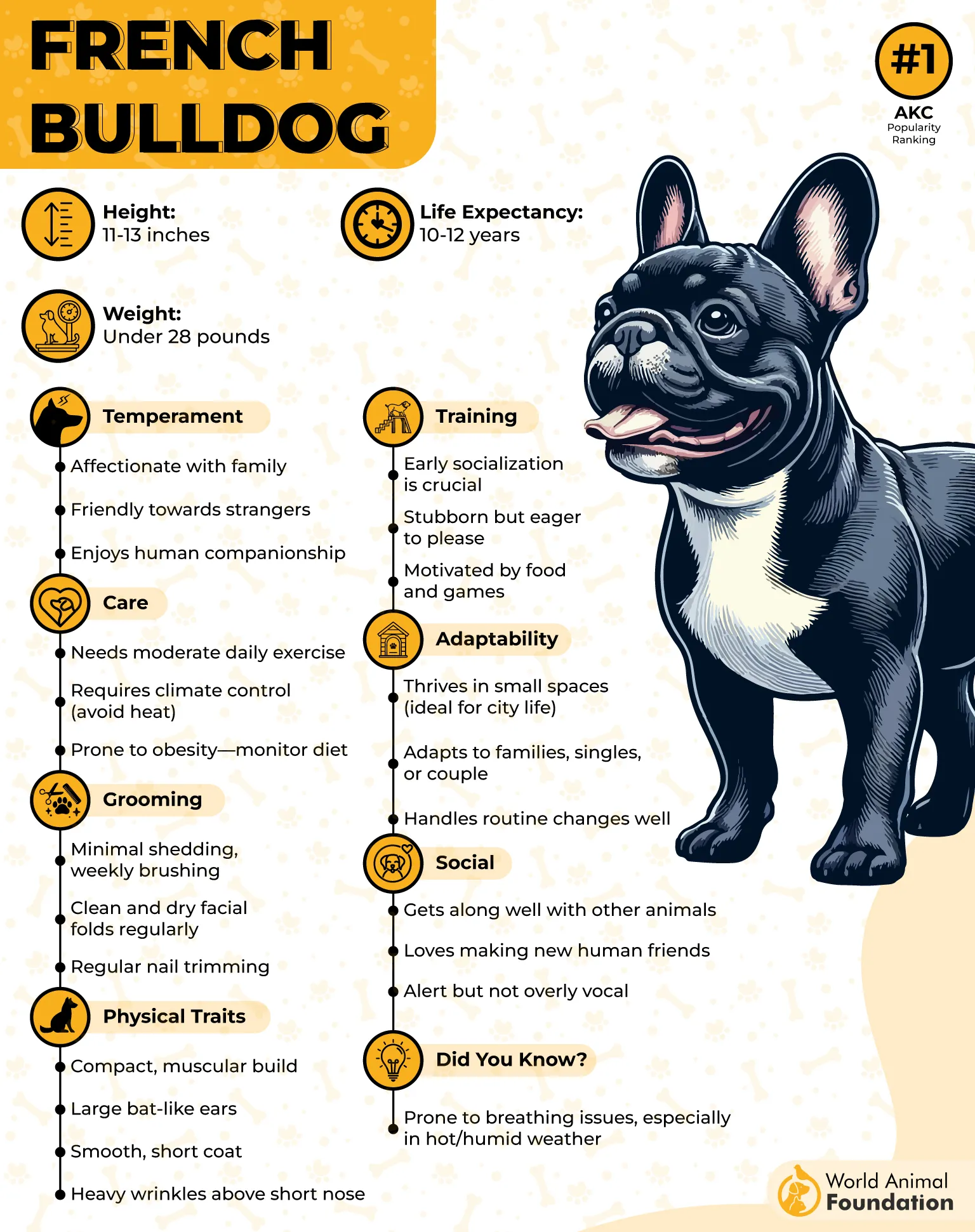
Vulnerable but Lovable Eyes
The breed’s large, expressive eyes win hearts but also make them prone to inflammation and irritation. Even minor irritants can trigger discomfort, requiring consistent monitoring. Without proper care, conditions may escalate into long-term vision concerns that reduce their quality of life.
4. Dachshund

Dachshunds are instantly recognizable with their long bodies and lively personalities. Originally bred to chase badgers into burrows, they still carry an alertness that keeps them active around the home. Their curious nature often makes them bold explorers, no matter their size.
Hidden Struggles of Their Build
That elongated spine, though charming, puts them at risk for painful back issues such as Intervertebral Disc Disease. Even small jumps from furniture can cause damage, making careful handling a lifelong necessity. For many owners, these health challenges surface far earlier than expected.
A few concerns often linked with this breed are:
Excess weight easily worsens spinal pressure
Eye conditions like PRA leading to vision loss
Dental crowding that accelerates gum disease
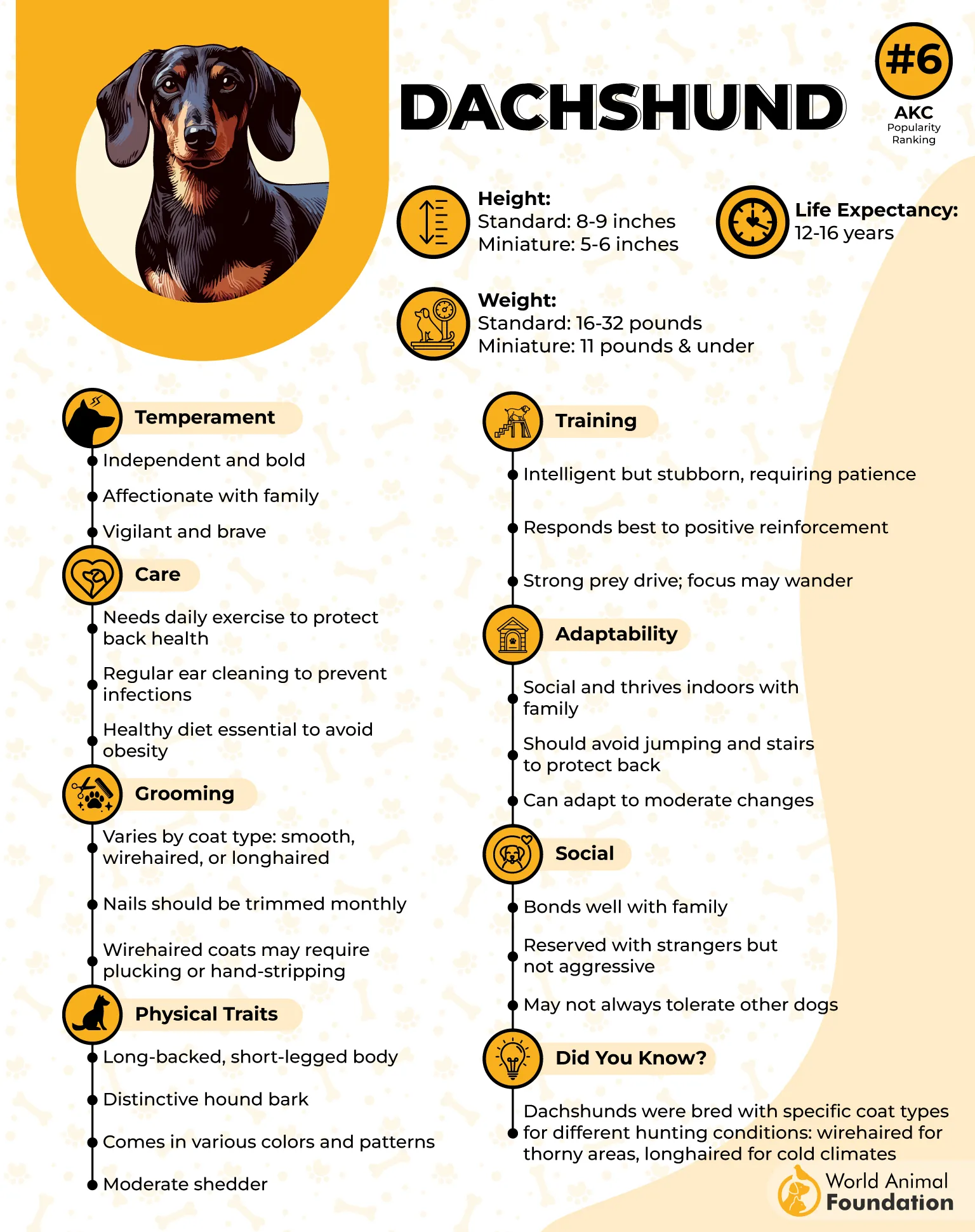
A Breed Prone to Weight Gain
Dachshunds tend to carry extra pounds if their diet and activity aren’t balanced. Obesity compounds their back issues and raises risks of diabetes and arthritis. Regular monitoring of food intake is just as critical as exercise.
5. German Shepherd

German Shepherds earned their reputation through military, police, and guard duties where endurance and courage were vital. Their strong build and sharp intelligence made them one of the most versatile breeds in history. This legacy, however, often hides the toll their genetics can take on long-term health.
Health Risks Often Overlooked
Their popularity has led to extensive breeding, and with that comes higher risks for inherited issues. Some conditions appear more frequently in this breed than others, making awareness critical for prevention.
A few common concerns include:
Hip and elbow dysplasia affecting joint stability
Degenerative myelopathy is impacting mobility
Gastric torsion (bloat) poses sudden risks
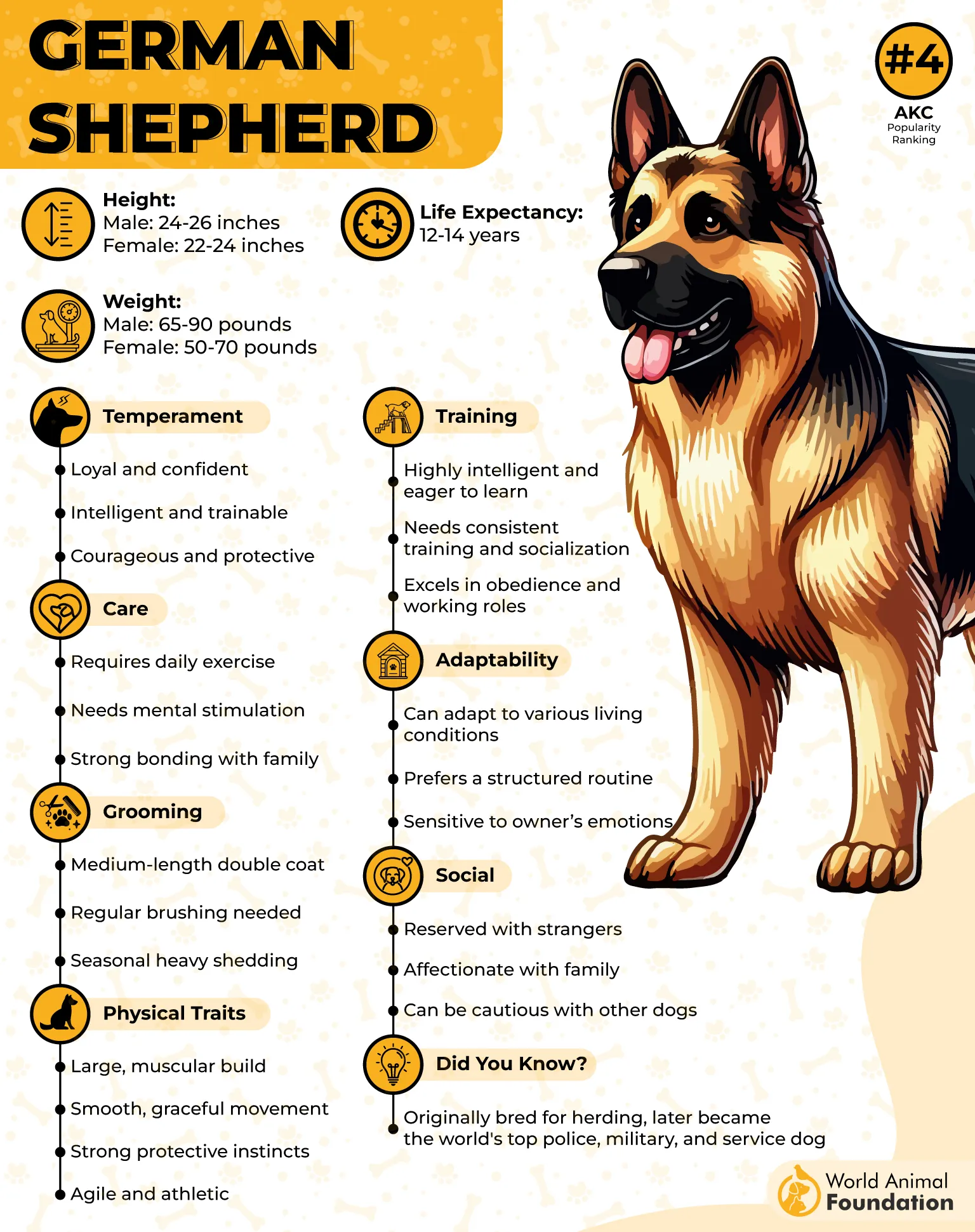
Balancing Energy With Care
These dogs are naturally energetic and require structured outlets, but pushing them too hard can worsen joint problems.
Careful weight management and a supportive diet are vital to ease pressure on their bones. Moreover, regular vet checks help detect conditions like degenerative myelopathy before symptoms advance.
6. Cavalier King Charles Spaniel

The Cavalier King Charles Spaniel is admired for its silky coat, soft expression, and loving nature.
This small dog often seems perfectly healthy and carefree, which is why many owners underestimate the health concerns linked with the breed. Beneath its charm lies a vulnerability that requires careful attention.
Hidden Medical Concerns
One of the most common threats to Cavaliers is Mitral Valve Disease, which affects the heart’s function and often appears early in life.
Another serious issue is Syringomyelia, a painful neurological condition tied to the breed’s small skull shape. These disorders have been highlighted by major veterinary organizations worldwide.
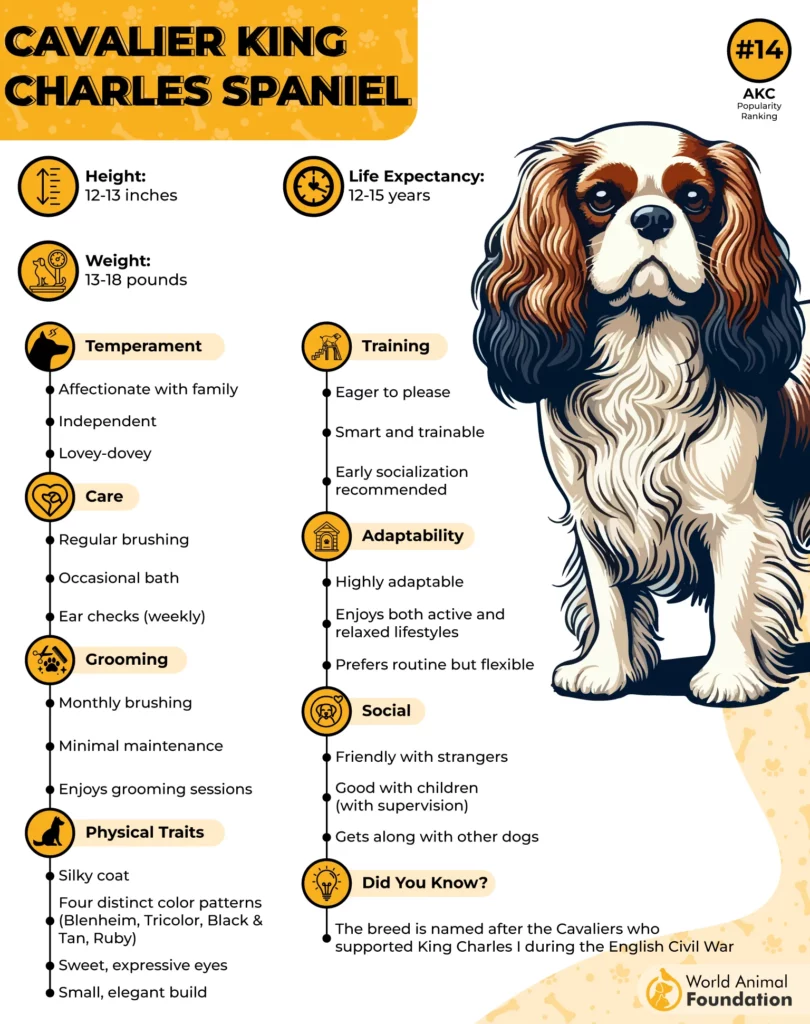
Here are some other conditions that Cavaliers may face:
Hip dysplasia can cause arthritis later in life
Patellar luxation leading to mobility issues
Genetic predisposition toward heart murmurs
The Challenge of Early Detection
Because symptoms may develop slowly, health problems are often overlooked until they become severe. Regular checkups and specialized scans are vital for spotting concerns before they progress.
Families who choose this breed should be prepared for ongoing veterinary care to ensure their dog’s comfort.
7. Great Dane
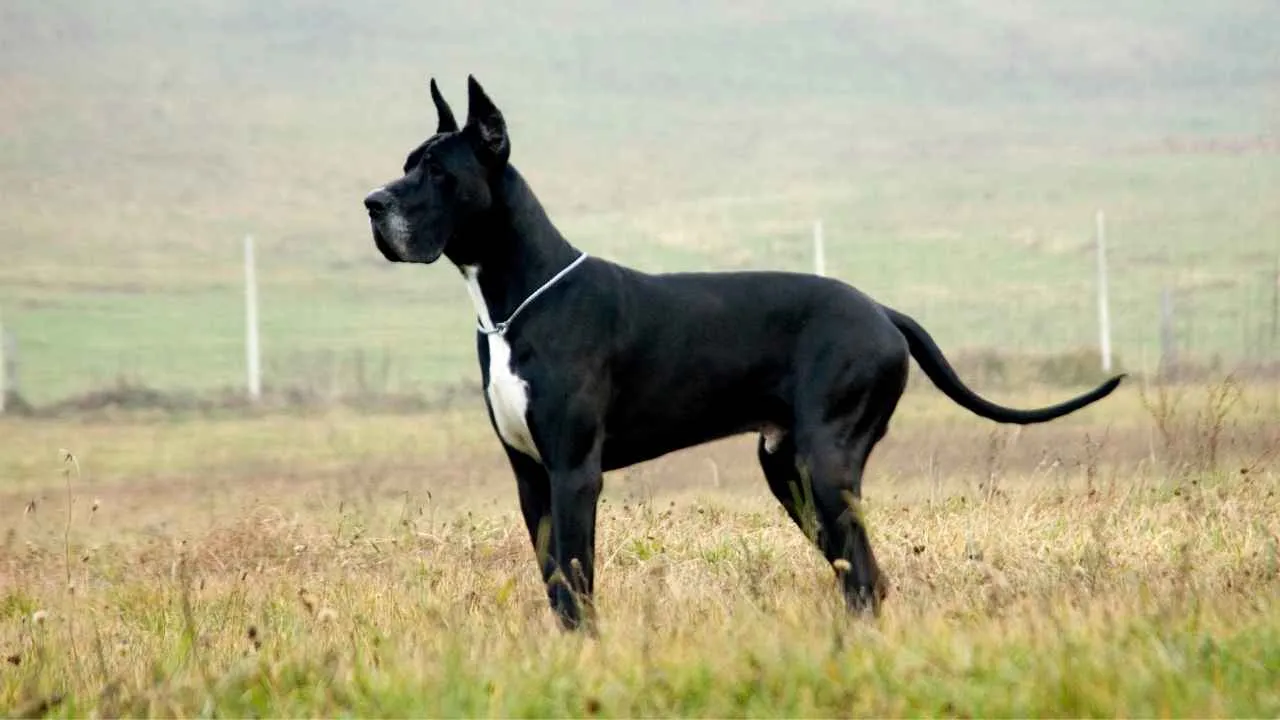
Great Danes are often admired for their elegance and calm nature, earning them the nickname “gentle giants.” Their affectionate personality and striking build have made them one of the most recognizable breeds worldwide. Yet beneath their noble frame lies a breed known for serious health vulnerabilities.
Hidden Health Risks
Because of their size, Great Danes face conditions that smaller dogs rarely experience. Bloat, or gastric torsion, is one of the most dangerous, with veterinarians stressing that immediate care is often the difference between life and death. Hip dysplasia also shortens comfort and mobility as they age.
A few reminders owners often follow:
Serve smaller meals multiple times a day
Avoid intense activity right before or after feeding
Schedule regular vet screenings for heart and joint health
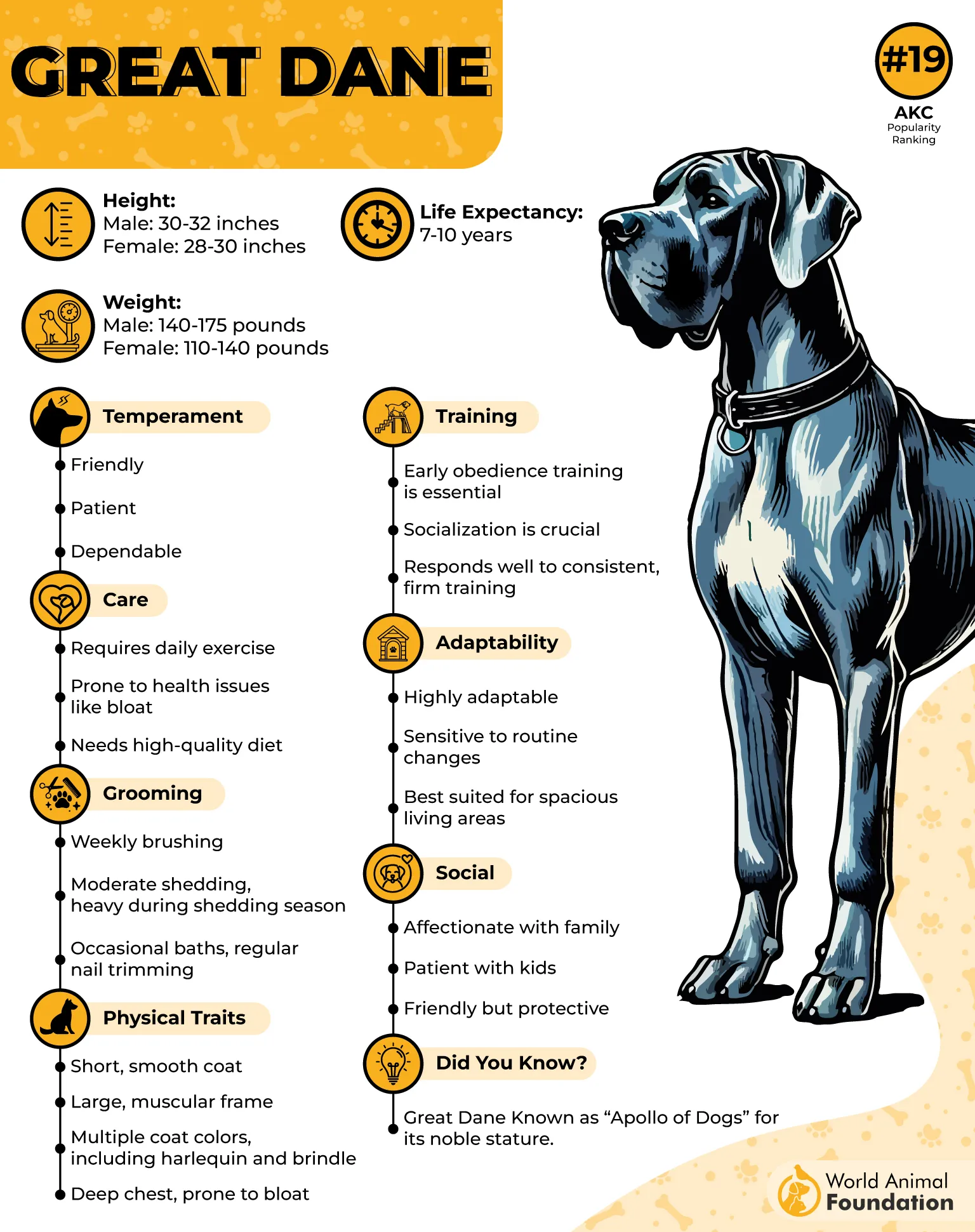
Heart Concerns in the Breed
Dilated cardiomyopathy is another condition that affects the breed, weakening the heart muscle and limiting endurance.
This can appear without early warning signs, which makes veterinary checkups crucial. Combined with their predisposition to joint problems, these risks require proactive management.
Conclusion
Health challenges in certain breeds are not accidents but the result of choices made over generations. For dog owners, awareness is the first safeguard against surprise and regret.
While most dogs live healthy lives with routine care, some breeds demand closer attention. Issues like joint disorders, breathing difficulties, or heart conditions remind us that responsible breeding practices play a critical role in shaping outcomes.
With proper veterinary care, maintaining a healthy weight, and timely medical intervention, many health problems can be managed before they grow severe. Preparedness strengthens love and ensures loyalty is met with care.


